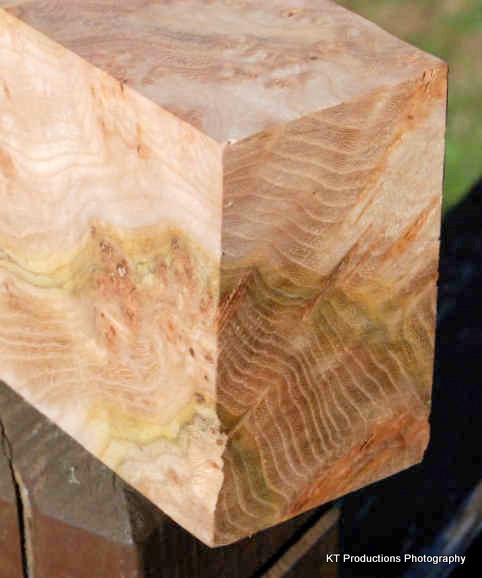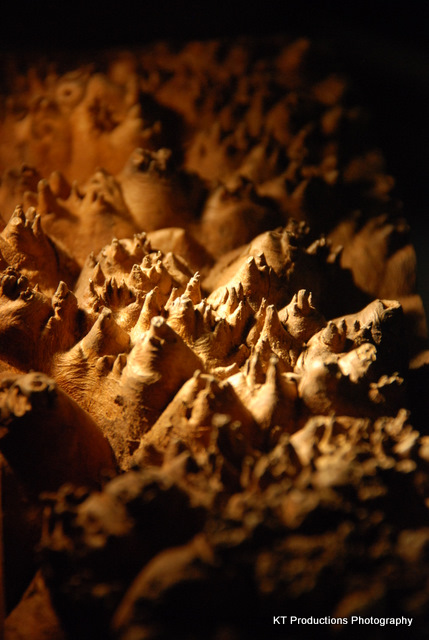You are using an out of date browser. It may not display this or other websites correctly.
You should upgrade or use an alternative browser.
You should upgrade or use an alternative browser.
What's your favourite wood?????
- Thread starter Greedo
- Start date

Help Support UKworkshop.co.uk:
This site may earn a commission from merchant affiliate
links, including eBay, Amazon, and others.
condeesteso
Established Member
Mignal - is that a flamenco guitar by any chance? I have a couple (a Conde of course, and an Esteve) and traditional back and sides is always cypress, although some now use Rosewood (known as negras, and less crisp but louder). I am not aware of cypress being used on any other acoustics (classical or steel-strung). Agree the smell is heavenly and it stays with the instrument for many years... more info on that guitar please.
jimi43
Established Member
As others have demonstrated and said...there is no one answer to this question simply because you need to look at it from various criteria....
Ease of use...fun...tulipwood
Strength and beauty...definitely boxwood
Hardness and beauty....lignum vitae
Smell...Brazilian "Rio" rosewood
And I am constantly amazed at the beauty within wych elm....my little wooden galaxy...

And finally...any burr... nature's Fractal....

Jim
Ease of use...fun...tulipwood
Strength and beauty...definitely boxwood
Hardness and beauty....lignum vitae
Smell...Brazilian "Rio" rosewood
And I am constantly amazed at the beauty within wych elm....my little wooden galaxy...

And finally...any burr... nature's Fractal....

Jim
condeesteso":3kx4ma9c said:Mignal - is that a flamenco guitar by any chance? I have a couple (a Conde of course, and an Esteve) and traditional back and sides is always cypress, although some now use Rosewood (known as negras, and less crisp but louder). I am not aware of cypress being used on any other acoustics (classical or steel-strung). Agree the smell is heavenly and it stays with the instrument for many years... more info on that guitar please.
Not a Flamenco Douglas. My version of a 19th century romantic Guitar with ideas that I've stolen from a few historical models. They are much smaller than a modern Classical/Flamenco with a string length of 630 mm. They tend to use Gut strings, although some players put on modern Nylon.

Cypress is used for Classicals, it's just that it's pretty rare. The favourite wood of Jose Romanillos - the guy who made Breams Guitar.
I'm trying to move away from the usual Rosewoods, Cedrela (another great aromatic wood!) and Ebony. . . . errrmmm. . . not so aromatic..
This one is English Cherry Back/Sides and Bog Oak fretboard. Bridge is stained Cherry. The only blight on the copybook is the Cedrela Neck - only because I didn't have a suitable piece of QS straight grained Cherry.
Anyway, I've changed the colour of the Cherry by using a coloured Spirit varnish. Not the easiest to accomplish with a brush, actually it's a nightmare!

Paul Chapman
Established Member
I know nothing about guitars but that looks very nice, Mignal.
Cheers :wink:
Paul
Cheers :wink:
Paul
condeesteso
Established Member
Stunning work Mignal, and well researched no doubt. Interesting woods being used also (that's the 'on-thread' bit :wink: ). I would definitely like to know more. Did you find the bog oak a bit open-grain on the fingerboard?
Greedo":3ox032ri said:My favourite looking wood though has to be Macassar ebony. Stunning wood. Pity it's about 20 grand a cubic metre.
What's yours and come on lurkers. Even you lot should surely have a wood you love.
This wood looks very similar to zebrano
bluetac":255mr1ru said:Greedo":255mr1ru said:My favourite looking wood though has to be Macassar ebony. Stunning wood. Pity it's about 20 grand a cubic metre.
What's yours and come on lurkers. Even you lot should surely have a wood you love.
This wood looks very similar to zebrano
It's not though. :?
Aboottarren
Member
I have worked all my life (I'm 83 yo ) in the woodworking industry and have used just abut every timber I can think of, I had several "favourite" timbers when I lived in Leeds but these were immediately forgotten when I emigrated to Australia in 1967.
Black Bean & Blackwood took over as Nos 1&2,and I made all my furniture from these timbers (mainly Black Bean) the main reason was because I could wax finish it and then if it got marked in any way I could re-wax without the trouble of stripping and re-polishing.
Black Bean & Blackwood took over as Nos 1&2,and I made all my furniture from these timbers (mainly Black Bean) the main reason was because I could wax finish it and then if it got marked in any way I could re-wax without the trouble of stripping and re-polishing.
psm
Established Member
walnut , any burr , or spalted woods
Andrewf
Established Member
My favorite woods have nothing to do with looks or ease of working, but are all to do with smells and memories of different people and times.
Oak, elm and larch spending time with my grandfather in his boat building yard.
Douglas fir and pitch pine helping my father repair boats and building things in his workshop.
Other smells that go with these woods are putty, pitch and Stockholm tar.
Oak, elm and larch spending time with my grandfather in his boat building yard.
Douglas fir and pitch pine helping my father repair boats and building things in his workshop.
Other smells that go with these woods are putty, pitch and Stockholm tar.
What was the Stockholm tar used for? I've only known it used on poultry.
Andrewf
Established Member
Stockholm tar is used as a preservative, either painted on the wood or the oakum used for caulking is soaked in it.
Similar threads
- Replies
- 9
- Views
- 393
- Replies
- 30
- Views
- 4K



